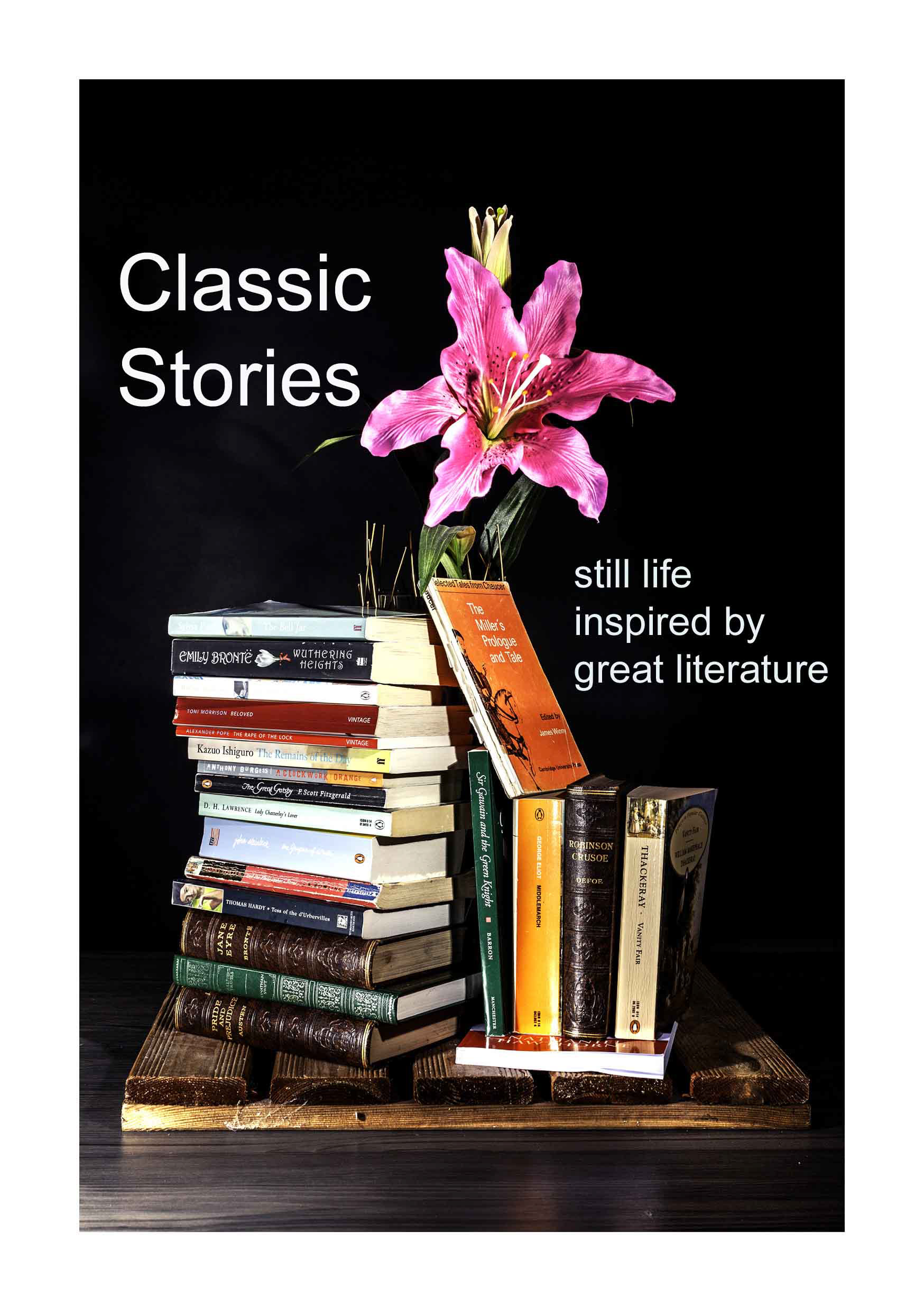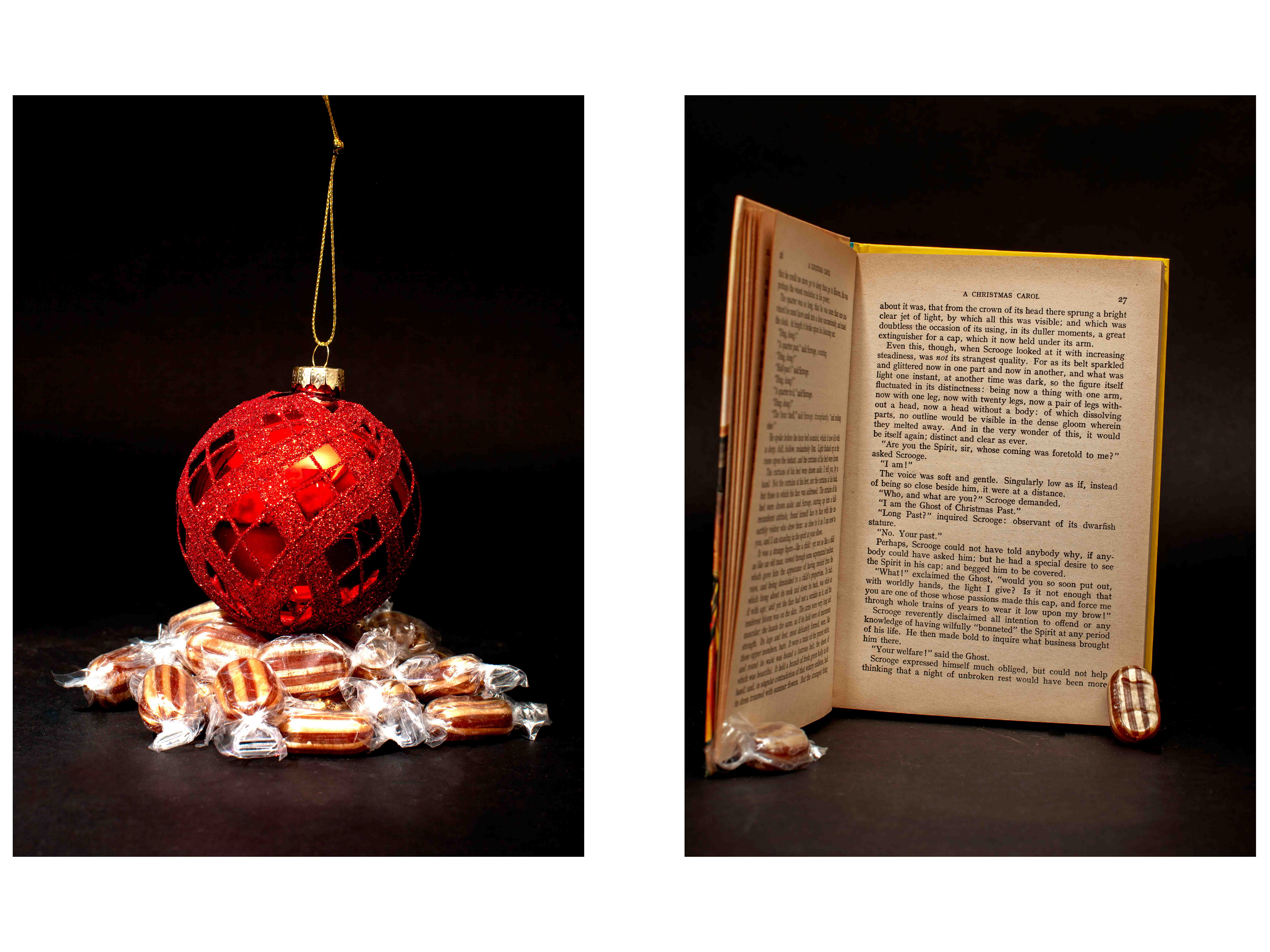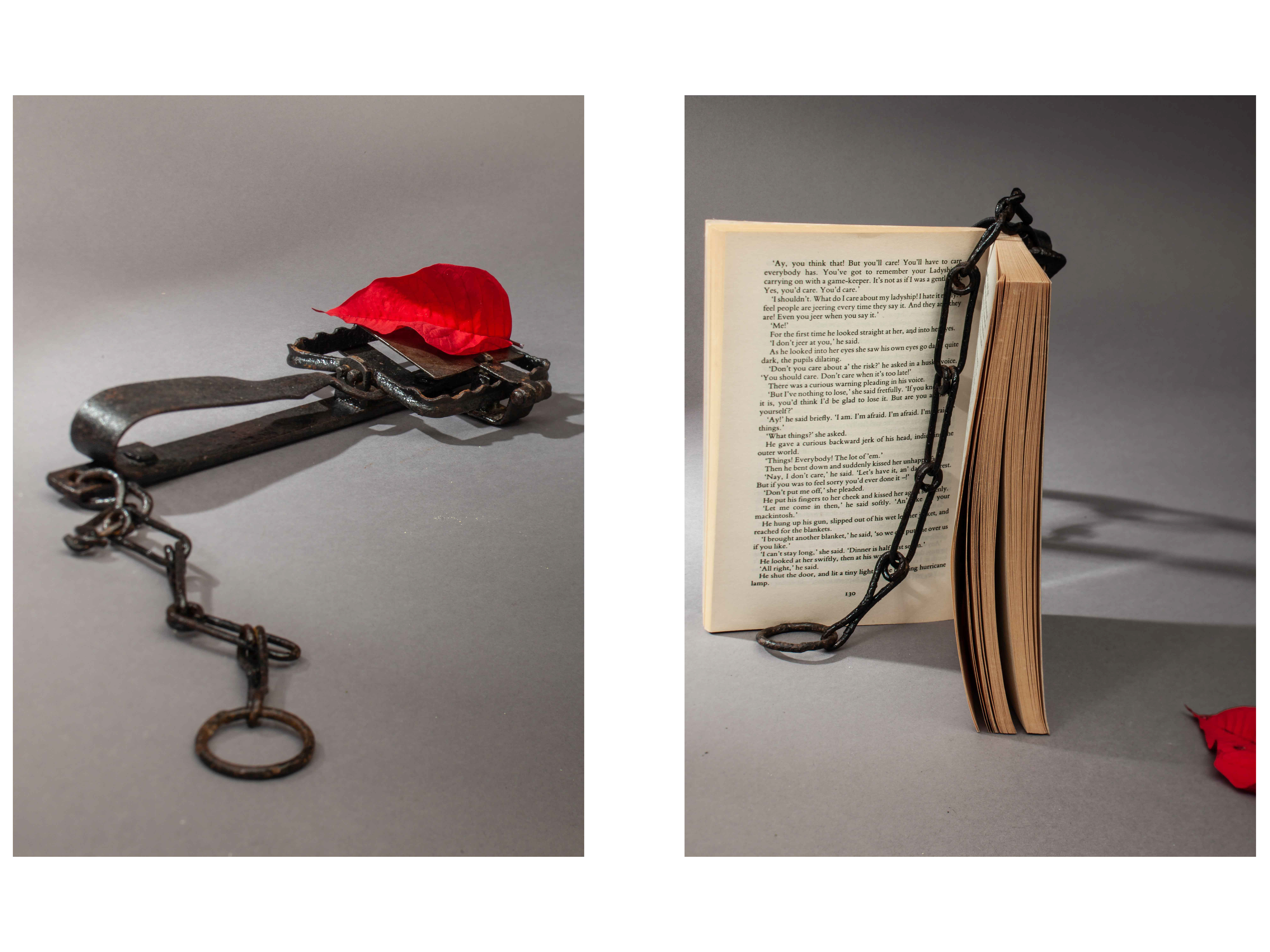I saw the years of my life spaced along a road in the form of telephone poles threaded together by wires. I counted one, two, three... nineteen telephone poles, and then the wires dangled into space, and try as I would, I couldn't see a single pole beyond the nineteenth.
From The Bell Jar, by Sylvia Plath
The image that Sylvia Plath describes for us enables the reader to see clearly something that is invisible and abstract – the confusing journey of a young person’s life into adulthood. It’s a simple image with just enough detail to make the picture work in our minds. We can visualise the wires, threaded together and then, further in the distance, hanging loosely, with no support.
Writers and artists, particularly still-life artists, use images as metaphors that encourage comparisons. They are often concrete examples of abstract ideas, something that the poet T S Eliot labelled an ‘objective correlative’.
Esther, the main character in the Bell Jar, is suffering from serious mental health issues. She is prescribed several treatments, including electro- therapy which terrifies her. But increasingly she feels trapped in her small world, able to be seen by everyone but unable to escape.
She is living her life as if in a bell jar. It’s another simple image that helps us to visualise an invisible feature – her mental turmoil.
Cathy, in Emily Brontë’s novel Wuthering Heights, struggles to convey her feelings of love for Heathcliff as she is talking to Nelly. So she uses an image, a metaphor, that has become one of the most memorable passages in this powerful story:
‘My love for Heathcliff resembles the eternal rocks beneath: a source of little visible delight, but necessary. Nelly, I AM Heathcliff! He's always, always in my mind: not as a pleasure, any more than I am always a pleasure to myself, but as my own being.’
From Wuthering Heights, by Emily Brontë














